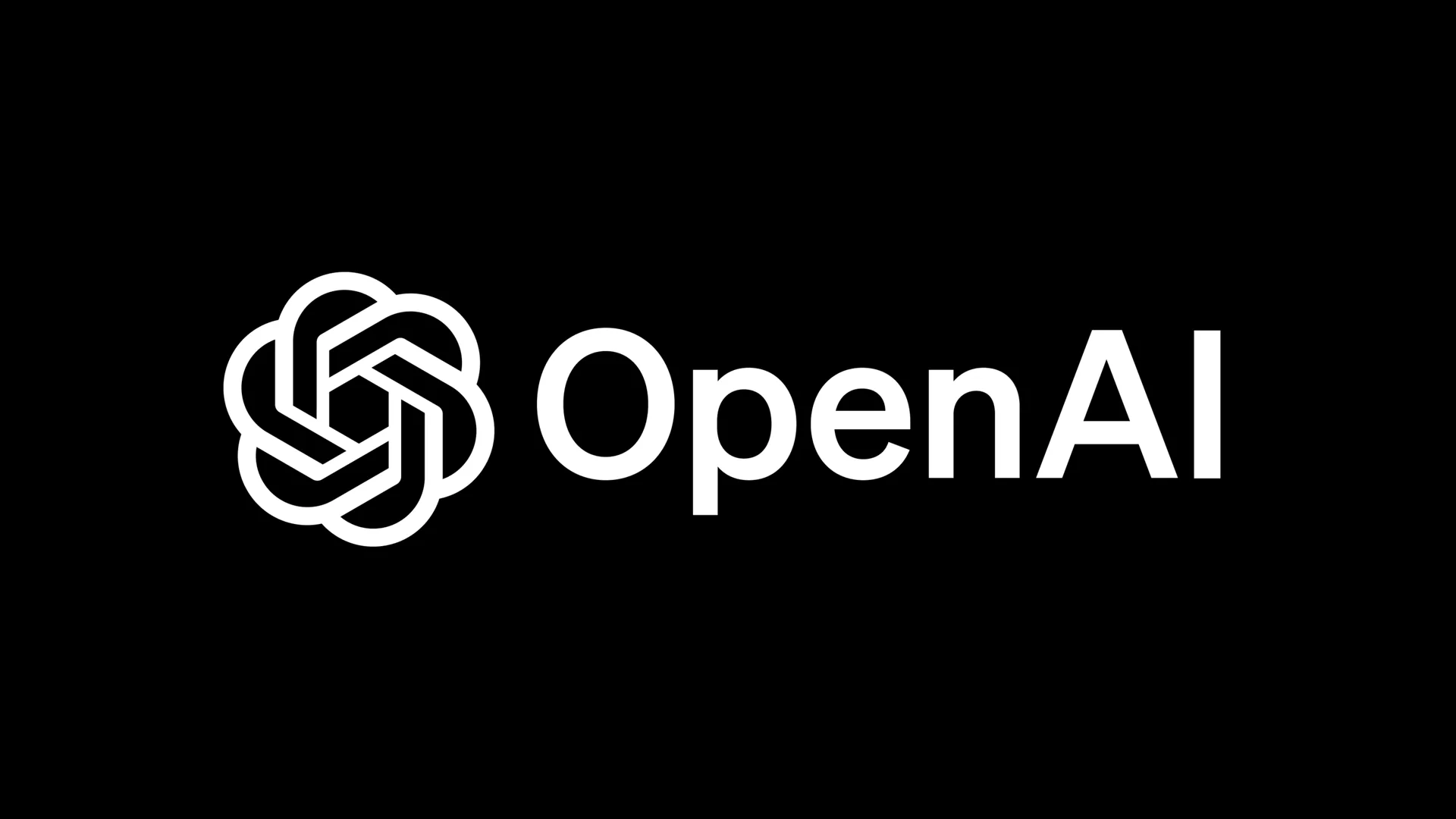The UK government is introducing landmark legislation to prevent AI from being exploited to generate child sexual abuse material. The new law empowers authorised bodies, such as the Internet Watch Foundation, to test AI models and ensure safeguards prevent misuse.
Reports of AI-generated child abuse imagery have surged, with the IWF recording 426 cases in 2025, more than double the 199 cases reported in 2024. The data also reveals a sharp rise in images depicting infants, increasing from five in 2024 to 92 in 2025.
Officials say the measures will enable experts to identify vulnerabilities within AI systems, making it more difficult for offenders to exploit the technology.
The legislation will also require AI developers to build protections against non-consensual intimate images and extreme content. A group of experts in AI and child safety will be established to oversee secure testing and ensure the well-being of researchers.
Ministers emphasised that child safety must be built into AI systems from the start, not added as an afterthought.
By collaborating with the AI sector and child protection groups, the government aims to make the UK the safest place for children to be online. The approach strikes a balance between innovation and strong protections, thereby reinforcing public trust in AI.
Would you like to learn more about AI, tech and digital diplomacy? If so, ask our Diplo chatbot!










